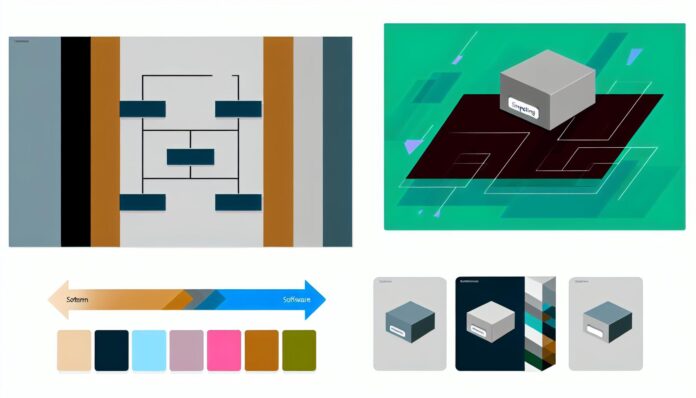Apple to Change the Way It Names Operating Systems, Report Says
The tech landscape is ever-evolving, and Apple is known for its innovative approaches to technology and product design. Most importantly, recent reports indicate that the company is planning to modify its operating system naming conventions significantly. This potential shift could create a more straightforward and user-friendly experience for consumers and industry professionals. Excitingly, such a change not only reflects Apple’s commitment to adapting to market needs but also aligns with the growing demand for clarity in technology.
Why Is Apple Changing Its Naming Convention?
Over the years, Apple’s operating systems—comprising iOS for iPhones, macOS for Macs, watchOS for Apple Watches, and tvOS for Apple TVs—have experienced a variety of unique and sometimes whimsical naming patterns. Therefore, this prospective change aims to enhance clarity and ease of understanding, allowing users to grasp the unique features of each operating system version easily.
One key motivation behind this proposed change is the feedback from users frustrated with the current naming conventions. Names like “Big Sur” or “Monterey” may sound appealing, but they can confuse those who may not see the immediate relevance of these names to the operating systems’ functionalities. By implementing a more transparent naming structure, Apple can improve user confidence when navigating updates and new features.
What to Expect from the New Naming Structure
According to recent reports, instead of focusing on quirky names, Apple might consider a more numerical system or a simplified naming strategy that aligns more closely with its products. This shift could signify a transition towards names that incorporate functional keywords, perhaps indicating what each update entails. For instance, naming an update “iPhoneOS 2023.1” or “macOS Finder Update” could clarify which specific aspect of the operating system is receiving an enhancement.
Such changes could ultimately offer customers a much clearer understanding of the innovations and improvements that come with each update. The suggested renaming could reflect a systematic approach, reducing the seasonality associated with the conventional naming trends that it has followed in the past.
Potential Benefits of the New Naming Scheme
- Improved User Experience: Clearer, more descriptive names could help users differentiate between versions and updates, making it easier to navigate repair guides and support resources.
- Faster Recognition: Users can quickly associate the operating systems with specific features and enhancements, leading to better understanding and utilization of the new tools.
- Brand Consistency: A standardized naming approach could unify Apple’s product lines, ensuring all devices maintain coherence and reducing confusion during updates.
- Enhanced Support: As tech support teams can pinpoint specific versions quicker, response times to user inquiries could also improve, leading to higher user satisfaction.
Customer Response and Anticipation
Apple enthusiasts and tech observers alike are watching this development closely, eager for the specifics surrounding this potential change. With the rapidly evolving nature of competition within the tech industry, a strategic alteration in how Apple names its operating systems could signal a new wave of innovation tailored to customer needs. Moreover, as user preferences continue to evolve, being attuned to consumer sentiment becomes crucial for maintaining brand loyalty.
Feedback gathered from various platforms suggests that many customers would welcome clearer naming conventions. It is not uncommon for users to feel overwhelmed by the sheer number of updates or versions available. Therefore, a simplified naming strategy that makes information readily accessible could resonate positively with a broad audience, enhancing Apple’s reputation for prioritizing user experience.
Conclusion
While no official announcement has been made, the prospect of changing the way Apple names its operating systems reflects an adaptive approach to user experience. Clearly, an updated naming convention could bridge communication gaps, allowing software rollouts to be more accurately understood. This initiative demonstrates Apple’s commitment to user-driven design–an ethos that has resonated with customers for decades. As we await further details and developments, one thing is certain: Apple continues to stay at the forefront of tech innovation by prioritizing clarity, functionality, and customer satisfaction.



